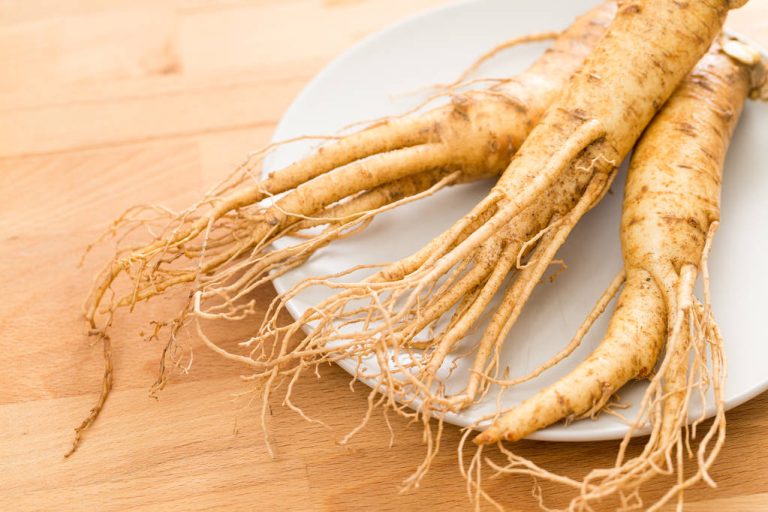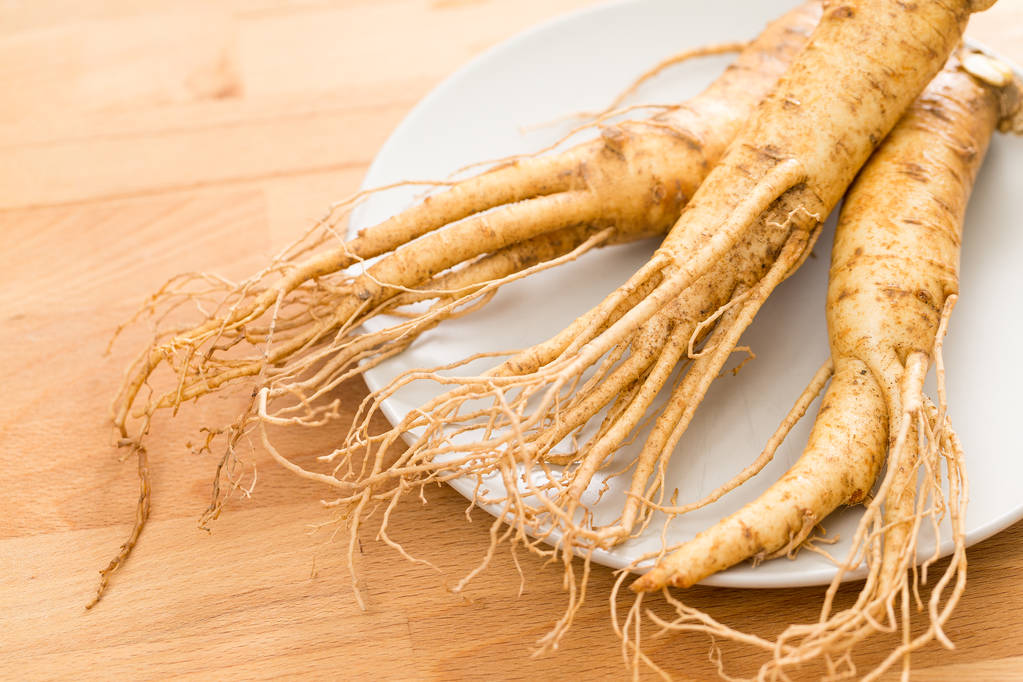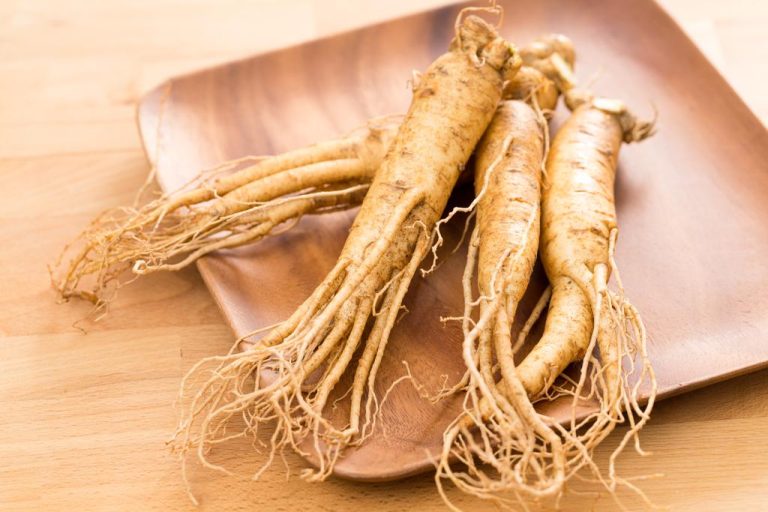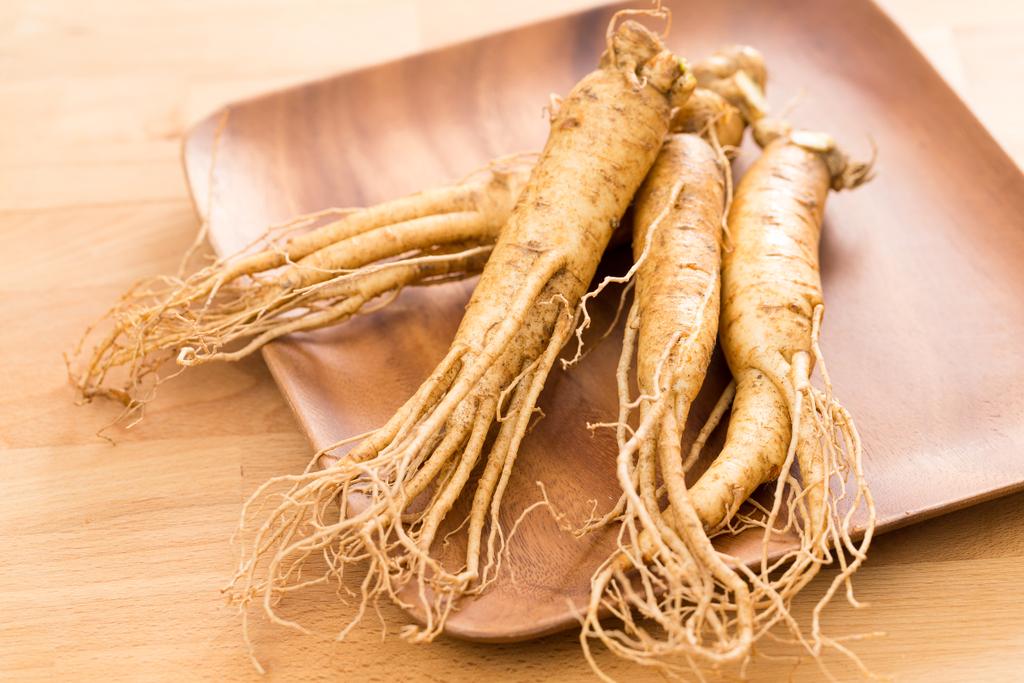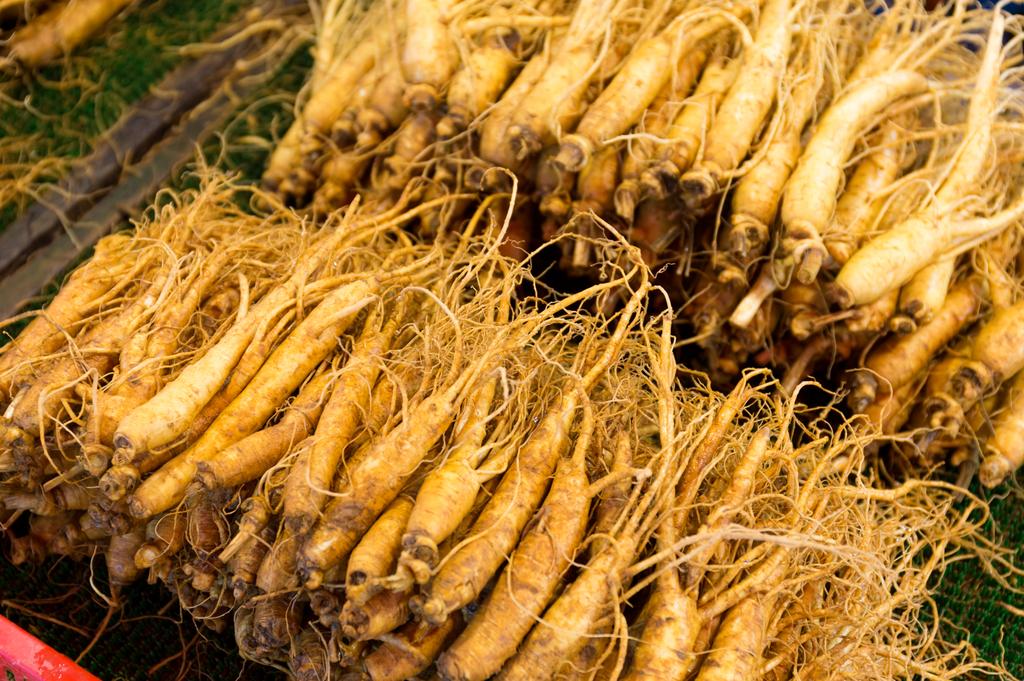Ginseng coffee is considered a healthy and strengthening alternative to conventional coffee. Here you can find out exactly what the hot drink is all about and how it affects your health.
Ginseng coffee is now also a popular drink in Europe. Ginseng originally comes from Asia and grows mainly in the mountains and forests of China, North Korea and Siberia. For ginseng coffee, manufacturers mix the extracts of the plant with instant coffee powder or ground coffee beans and any other ingredients such as sugar and flavorings.
The hot drink is said to have a positive effect on the mind and body in various ways: Among other things, it is said to have a mood-lifting, relaxing and blood pressure-lowering effect.
How healthy is ginseng coffee?

The effects of the ginseng plant have not yet been sufficiently scientifically proven. However, some studies indicate that ginseng promotes concentration and energy (especially in chronic fatigue), has anti-inflammatory and antiviral effects and can thus prevent flu and colds. Ginseng could also lower blood pressure and prevent diabetes. In order to achieve the corresponding effects, you must take sufficient ginseng regularly.
However, make sure not to drink more than four cups of ginseng coffee per day. Otherwise, unwanted side effects such as headaches, digestive or sleep problems can occur. Pregnant women, breastfeeding women, children and people suffering from diabetes should generally avoid ginseng. If you take medication regularly, find out beforehand whether it interacts with ingredients in ginseng.
How healthy ginseng coffee actually is also depends on the composition of the respective product. For example, some ginseng coffee powders are very high in sugar and artificial flavors. Therefore, before you buy, make sure that sugar is not at the top of the list of ingredients. Vegans should also pay more attention to the ingredients: some products also contain milk protein or milk powder.
Ideally, the product consists only of coffee and ginseng. Then the finished coffee also contains very few calories. A ready-made cup of organic ginseng coffee from ginseng-laden.de provides you with just under 2.5 kilocalories. Nespresso ginseng coffee, on the other hand, contains almost 70 kilocalories per 200 milliliter cup, lots of sugar and some additives.
Ginseng coffee: sustainability and buying tips

Due to its slightly bitter and sweet note, which is vaguely reminiscent of liquorice root, ginseng is said to round off the taste of coffee. If you want to try ginseng coffee for yourself, you can buy it in powder, pod, and capsule form. You can’t usually order it in cafes. When buying, we recommend paying attention to organic quality in order to avoid chemical-synthetic pesticides. If you choose Fairtrade goods, you also guarantee that human and labor rights have been observed during production.
You can order ginseng coffee online. You can sometimes find it in well-stocked grocery stores, as well as health food and organic shops. In powder form, you can simply pour hot water on it and stir well. For pads or capsules you need the appropriate coffee machine. However, since this method also creates a lot of packaging waste, the soluble coffee powder is the more ecological option.
Basically, ginseng (like coffee) is not a climate-friendly product. After all, ginseng and coffee beans have to travel long distances to Germany and therefore release a lot of CO2 emissions.

